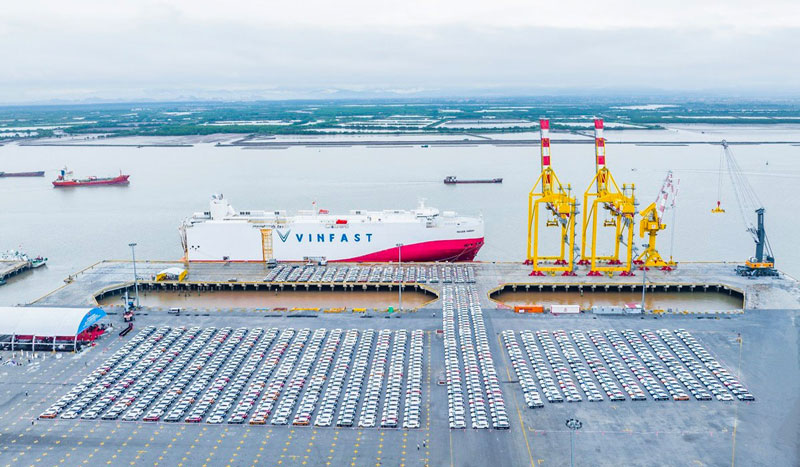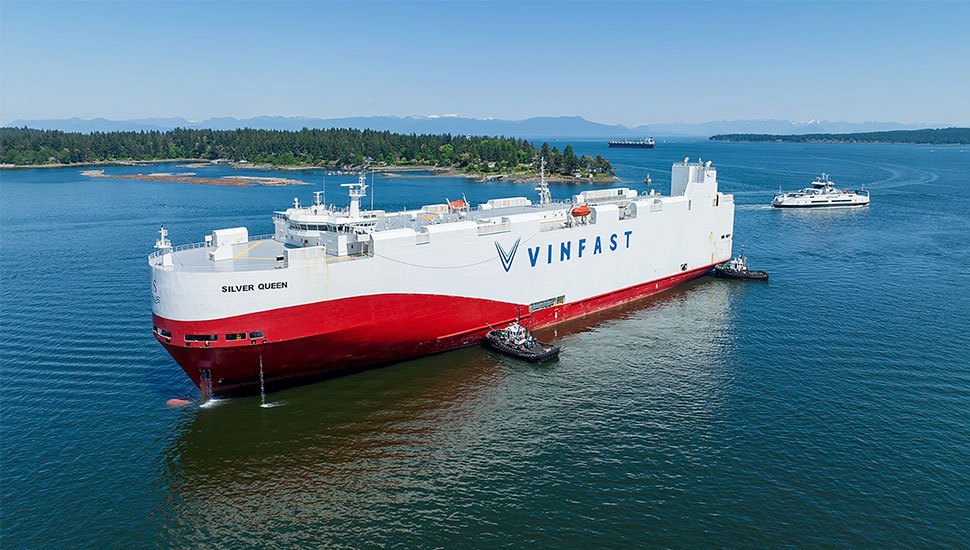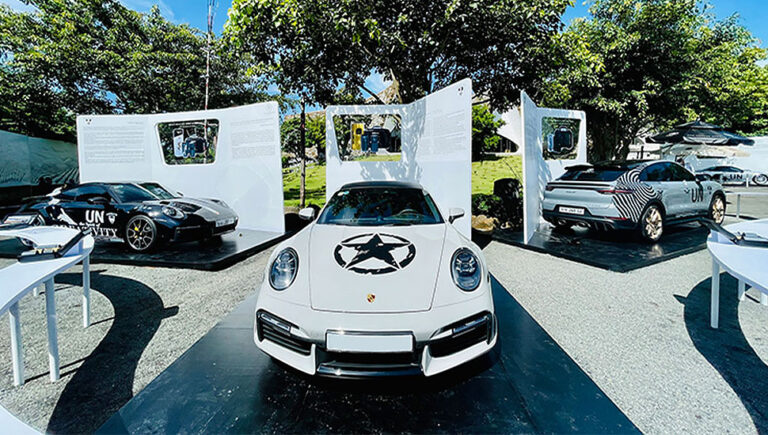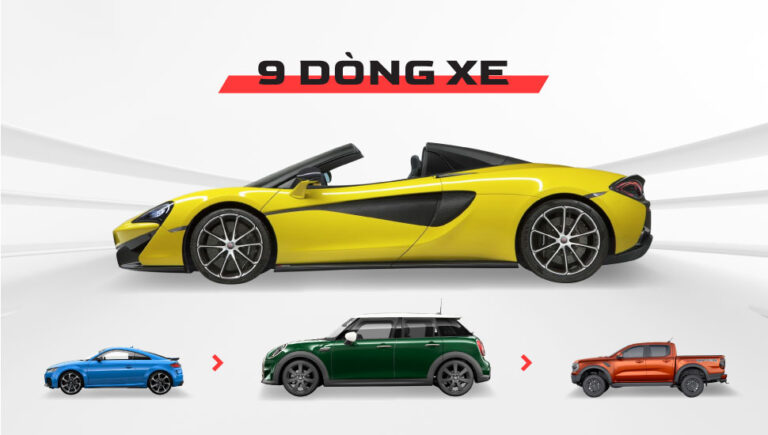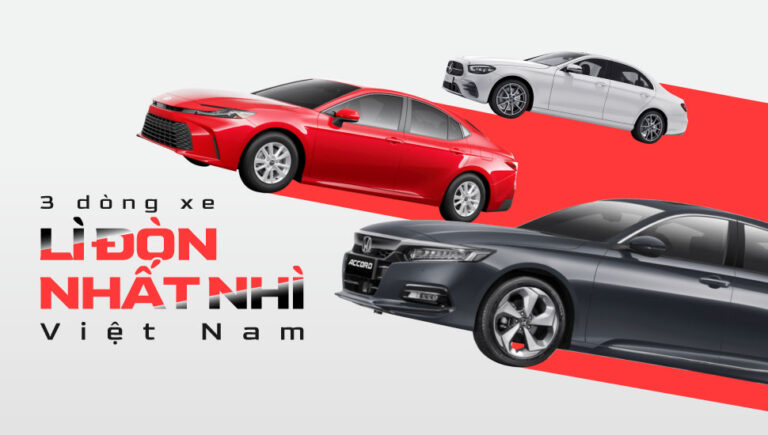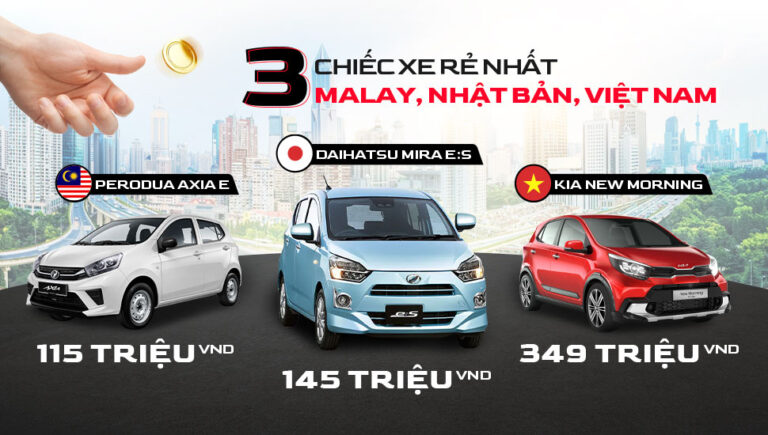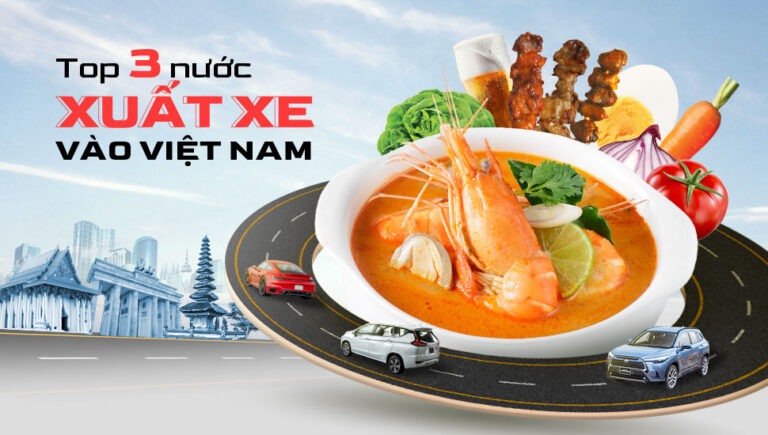The Vietnamese automotive industry dates back to before 1975. Many models from German, French, Japanese, Russian, and Italian automakers were imported into Vietnam, but most came through political or diplomatic channels. After 1975, the nation began its reconstruction. During the Đổi Mới (Renovation) period in 1986, the automotive industry saw little change beyond the circulation of older vehicles.
By the 1990s, Vietnam witnessed the emergence of its first automotive joint ventures and officially licensed automakers, marking the beginning of a formalized and growing automotive market that now features over 40 brands.
La Dalat Car: #01
La Dalat was the first commercial car assembled in Vietnam, rolling off the production line in 1969 and sold commercially in 1970. It was manufactured by the French automaker Citroën through its subsidiary, the Saigon Automobile Company. The name “La Dalat” was inspired by the dreamy city of Đà Lạt. This vehicle was a basic, utilitarian car with an affordable price tag at the time. Its standout features included a boxy design, round headlights, four seats, and a practical open-top roof.

Key components such as the engine, transmission, steering wheel, and braking system were imported, while most of the other parts were produced locally in Vietnam—a high localization rate, as we might call it today. Though La Dalat no longer meets modern operational standards, it holds a special place in the hearts of vintage car collectors and enthusiasts.
Mekong Auto: #02
Established in 1991, Mekong Auto was the first automotive joint venture among Japan, Korea, and Vietnam. Its Cửu Long (Mekong) Auto Factory began operations in 1992, and the Mekong Star 4WD, equipped with components supplied by Korea’s SsangYong, was launched the same year.
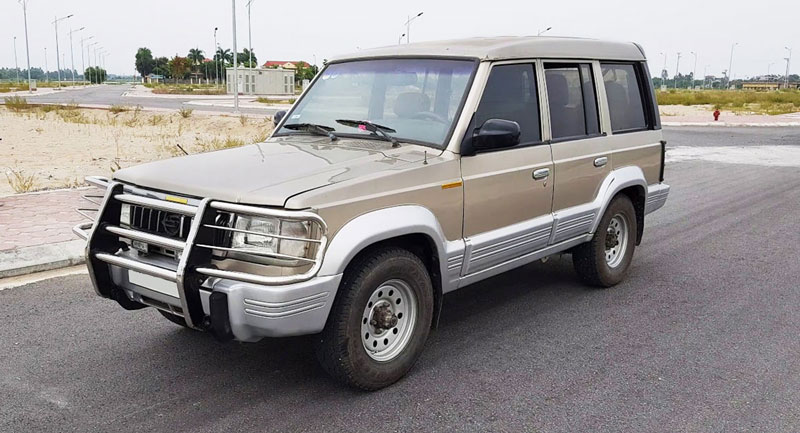
From 1992 to 1997, Mekong Auto thrived, selling over 30,000 vehicles and building a strong reputation. However, its golden era faded as SsangYong’s supply chain weakened, while Japanese brands like Toyota, Honda, and Mitsubishi aggressively expanded. By then, Mekong Auto became a shadow of its former self.
Bill Clinton’s Impact: #03
On July 11, 1995, U.S. President Bill Clinton announced the normalization of diplomatic relations between the United States and Vietnam. This followed the lifting of the U.S. trade embargo in 1994. These historic events opened a new chapter for Vietnam’s auto industry, paving the way for global giants like Ford (USA), Mercedes-Benz (Germany), Toyota, Honda, and Mitsubishi (Japan) to enter and compete for market share.
Daewoo Matiz: #04
Introduced to Vietnam in 1998 at a price of $10,000 (roughly 140 million VND at the time), the Daewoo Matiz instantly became a street sensation, even overshadowing Japanese mainstays like Toyota, Mazda, and Mitsubishi. Its charm lay not in its price but in its distinctive design—a cute, compact look with round headlights reminiscent of modern Porsche models.
Over the years, the Matiz underwent minor updates, evolving into versions like the New Matiz and Color Matiz. Its 10-year production run ended in 2008, making way for the Chevrolet Spark. Today, the name Daewoo Matiz is a nostalgic memory for many, though a few vehicles still grace the roads.
Savico Auto Distributor: #05
Entering the automotive field in 1998, Savico is now Vietnam’s largest car distributor, boasting 25 years of experience, partnerships with 10 brands, and 73 showrooms. Savico aims to dominate both the new and used car markets with a comprehensive offline and online ecosystem, including showrooms, Carpla, and Auto Mall platforms.
Trailing behind Thaco (Trường Hải) and Hyundai Thành Công, Savico currently holds an 11% market share, with Toyota and Ford as its strongest contributors. With the rise of electric vehicles, it is expected that Savico will soon bring leading EV brands to Vietnam and establish assembly plants. Every move Savico makes is geared toward becoming the top player in automotive services.
Vietnam Motor Show: #06
The Vietnam Automobile Manufacturers Association (VAMA), established in 2000, organized the first Vietnam Motor Show in 2002. Much like international auto expos, this annual event, typically held in October, has become the largest automotive industry gathering in Vietnam.
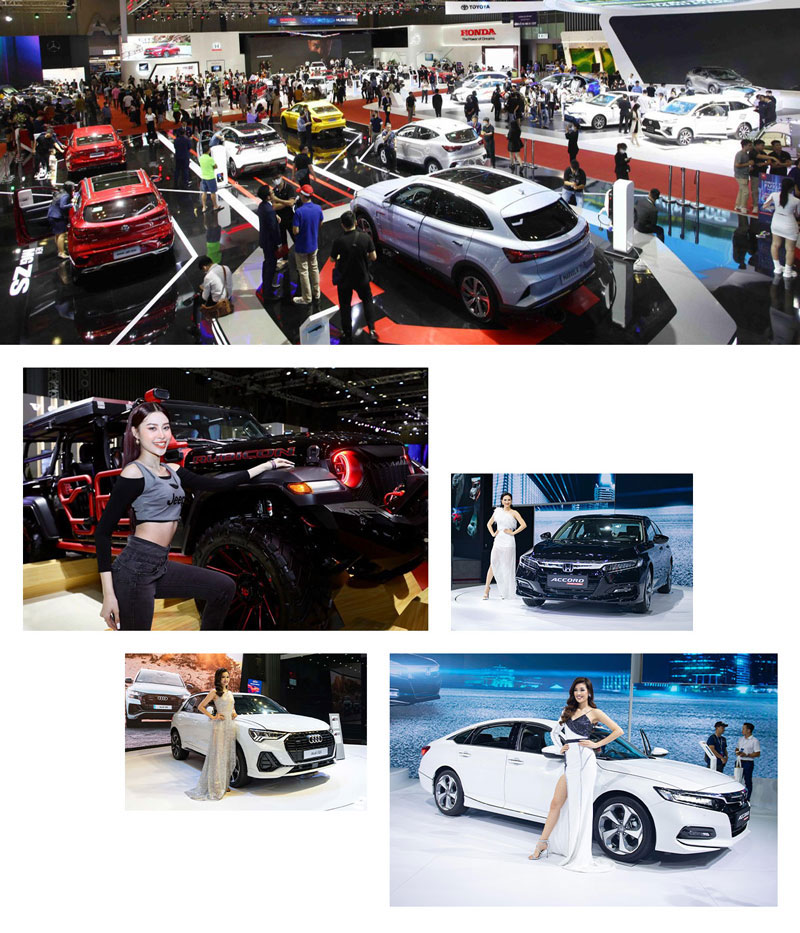
Over the past two decades, the Vietnam Motor Show has been considered a “feast for car enthusiasts,” featuring imported models, notable locally assembled vehicles, and stunning promotional models. It’s an unmissable event for anyone passionate about automobiles.
Cường Đô La: #07
On the night of May 24, 2003, seven young enthusiasts, racing boys of early 2000s Saigon, paraded through the streets in six luxury cars, including Mercedes, Lexus, and BMWs. Their spontaneous racing route spanned iconic streets like Lê Lợi, Đồng Khởi, and Tôn Đức Thắng, only stopping on Điện Biên Phủ Street, Bình Thạnh District.
This fateful night brought Cường Đô La into the spotlight of both the online world and the automotive community. Over 20 years of car collecting, Cường has quietly proven his passion through high-profile acquisitions and meticulous maintenance. Today, while many car enthusiasts are active in Vietnam, few match his experience, knowledge, and dedication.
Thaco Trường Hải: #08
Founded by billionaire Trần Bá Dương in 1997, Thaco achieved explosive growth in 2007 through a partnership with Kia, granting exclusive rights to assemble and distribute Kia vehicles in Vietnam. Now known as Thaco Auto, the company manages a vertically integrated value chain, handling importation, production, assembly, distribution, and after-sales services for brands Kia, Mazda, Peugeot, BMW, and MINI.

With a 358-hectare manufacturing complex in Chu Lai, Quảng Nam, and 400 showrooms across the nation, Thaco Auto accounts for 20% of Vietnam’s car market share. Equivalent to every 10 cars on the road, 2 of them roll out from a Thaco showroom. As a dominant force in the industry, Thaco continues to grow under the leadership of its visionary founder.
Rolls-Royce Phantom: #09
The first officially imported Rolls-Royce Phantom in Vietnam arrived in 2008 and was owned by real estate tycoon Dương Thị Bạch Diệp. With its striking license plate of 77L-7777, the car was painted entirely in a deep green (Diệp) shade, accented by silver (Bạch) on the hood, which extended elegantly toward the rear. The vehicle was purchased directly from the UK and custom-tailored to its owner’s specifications.
The moment the media unveiled this car, it created waves in Vietnam’s automotive world, the real estate industry, and among high-profile elites. At the time, it was the most expensive car in the country. To get this Rolls-Royce on the road required: 21 billion VND for the car, 13 billion VND in taxes, 200 million VND in air transport fees, and two Rolls-Royce specialists flown in from Singapore to provide operating instructions. It began as a beautiful story, but its ending was far less rosy.
Mercedes SLS AMG: #10
At Mercedes’ inaugural Fascination exhibition in 2010, the first officially imported Mercedes SLS AMG—the iconic gullwing sports car—found its perfect owner: Đặng Lê Nguyên Vũ, the chairman of Trung Nguyên Coffee.
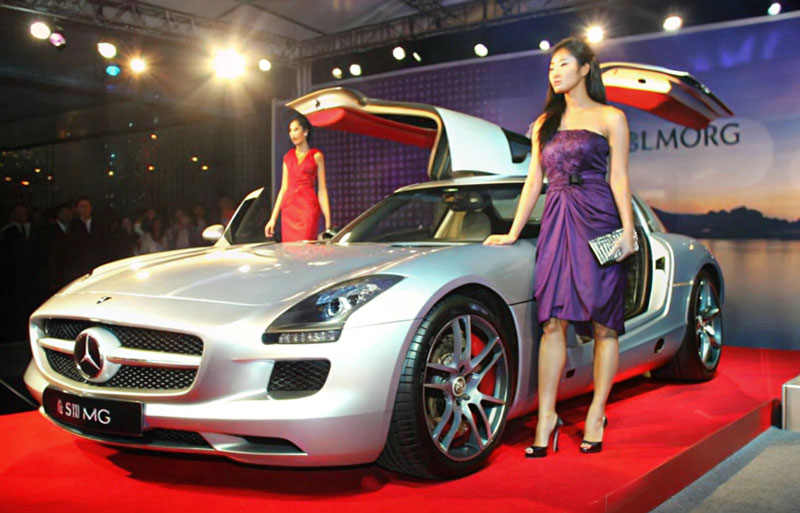
The car was purchased as part of a campaign to promote the Trung Nguyên Legend coffee brand, symbolizing the ambition to soar as high as the car’s gullwing doors. It’s worth noting that this first Fascination event, combined with the debut of the SLS AMG, marked Mercedes’ effort to establish itself as a luxury brand of distinction, sought after by celebrities, models, and top entrepreneurs in Vietnam.
Đặng Lê Nguyên Vũ: #11
The world knows him for his famous remark, “What’s the point of having so much money?” as well as his unique marketing strategies featuring beauty queens, his vision of putting Vietnam on the global coffee map, and his straightforward, thought-provoking philosophy. He also happens to be the first individual to acquire the official import of the Mercedes SLS AMG during the Mercedes Fascination show in 2010.
From that moment, his collection of rare cars and supercars has been accelerating to this day. Yet what sets him apart is his attitude toward his collection: he has never, and likely will never, sit down to count how many cars he owns. His cars (and supercars) are not bought to compete in terms of sheer numbers—though in reality, no other Vietnamese collector owns as many supercars as he does.
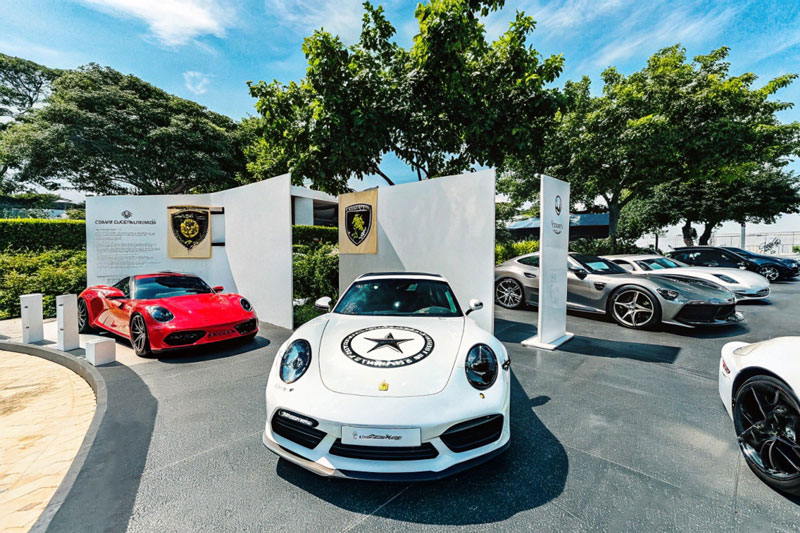
Only he knows what he plans to do with his hundreds of vehicles, ranging from vintage classics to rare supercars, parked across various garages. His approach to car collecting is as unpredictable as his coffee business—no one can truly guess what his next move will be.
VinFast Vietnam: #12
Established in 2017, VinFast boasts Southeast Asia’s most advanced automotive manufacturing facility, designed and built by German engineers. In October 2018, VinFast unveiled two models—the Lux A2.0 sedan and Lux SA2.0 SUV—at the Paris Motor Show, placing Vietnam on the global automotive map alongside its iconic áo dài and conical hats.
In 2019, VinFast launched the Fadil, Lux A2.0, and Lux SA2.0 for the domestic market. By 2021, VinFast shifted focus entirely to electric vehicles. On November 25, 2022, the ship Silver Queen departed Hải Phòng for California, USA, carrying 999 VinFast EVs (and a big bold dream of a global car maker).
